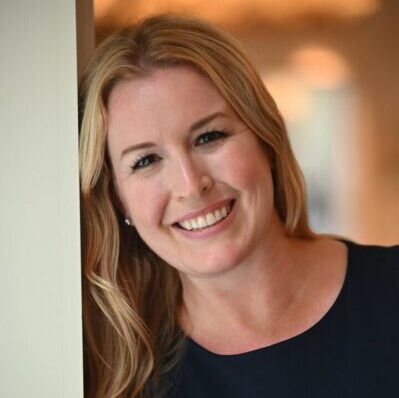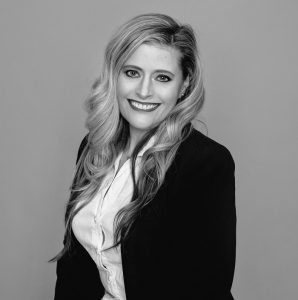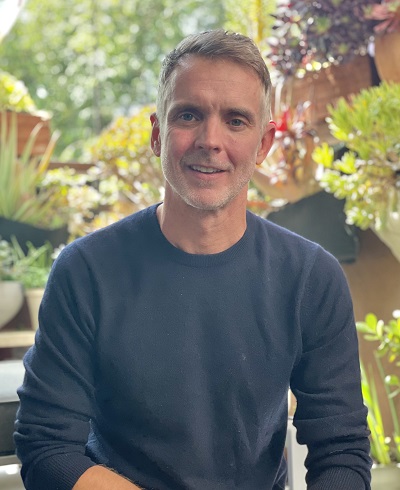Best of Show – End of Year Celebration and Board Installation

You’re invited to come celebrate with the FPRA Ocala Chapter (serving Citrus & Marion Counties)!! Join us for the Chapter’s annual end-of-year celebration and board installation lunch program. We’re excited to recognize the dedication of our outgoing board of directors, announce the winners of our annual membership awards: including the Toni James, APR, CPRC PACEsetter award, welcome the chapter’s new leaders for the 2023-2024 year, and our past presidents will “pass the gavel” to the incoming 23-24 chapter president Lindsay Tozer, FCRM!. Plus, incoming FPRA state president, Wendy Crites Wacker, APR, CPRC, will share her vision for the year ahead. Registration includes a lunch buffet.

Our past president’s gavel ceremony with incoming chapter president Lindsay Tozer, FCRM, new officers’ swearing in, and our annual awards presentation.
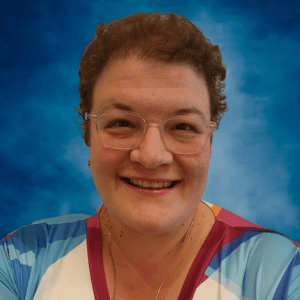


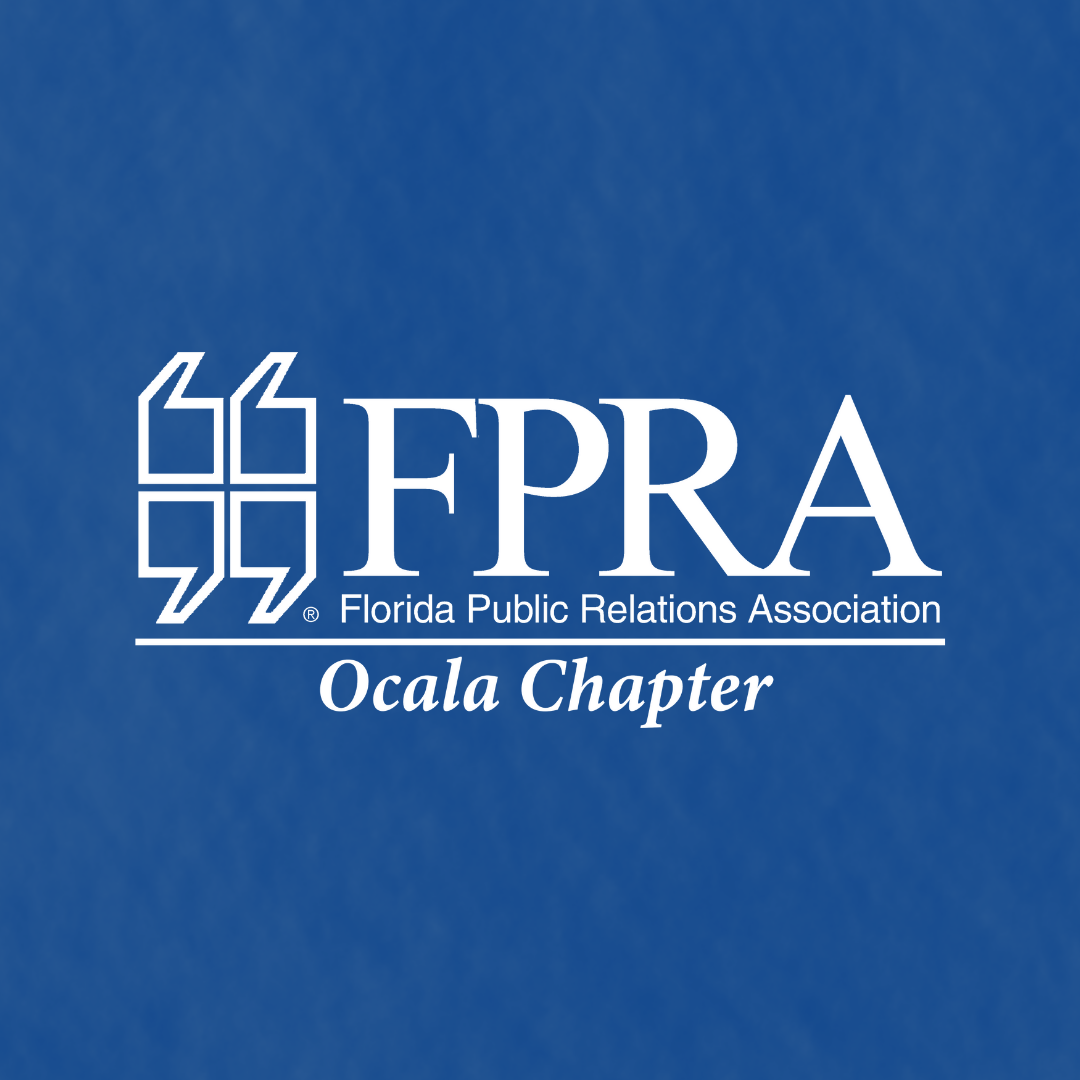
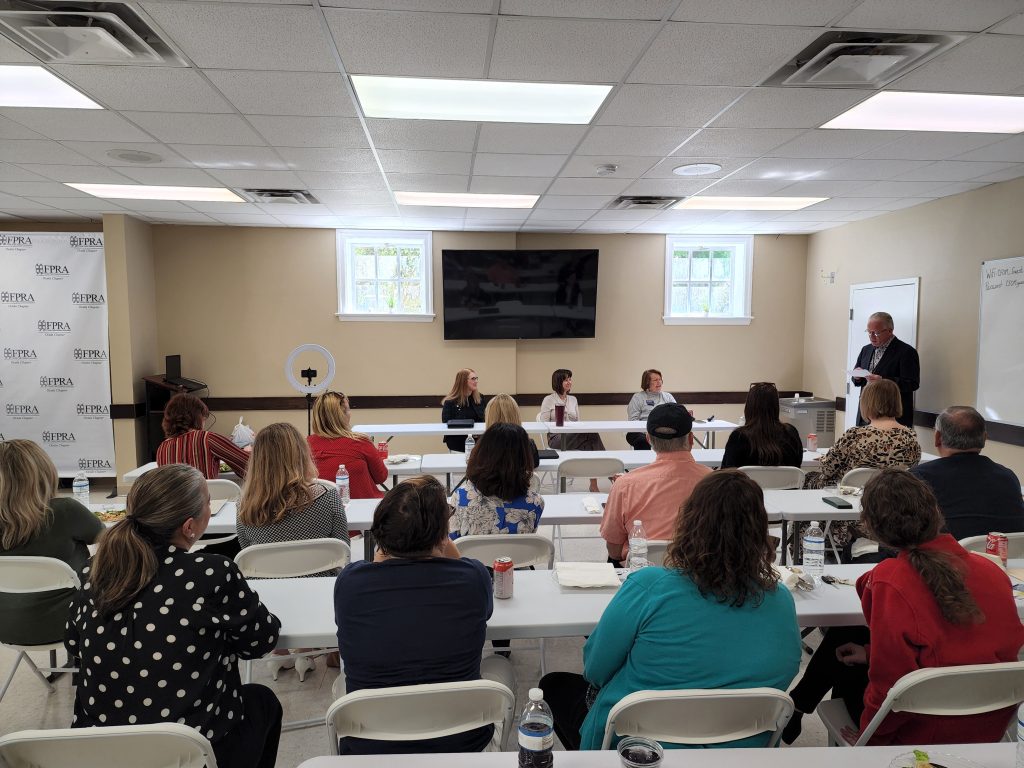
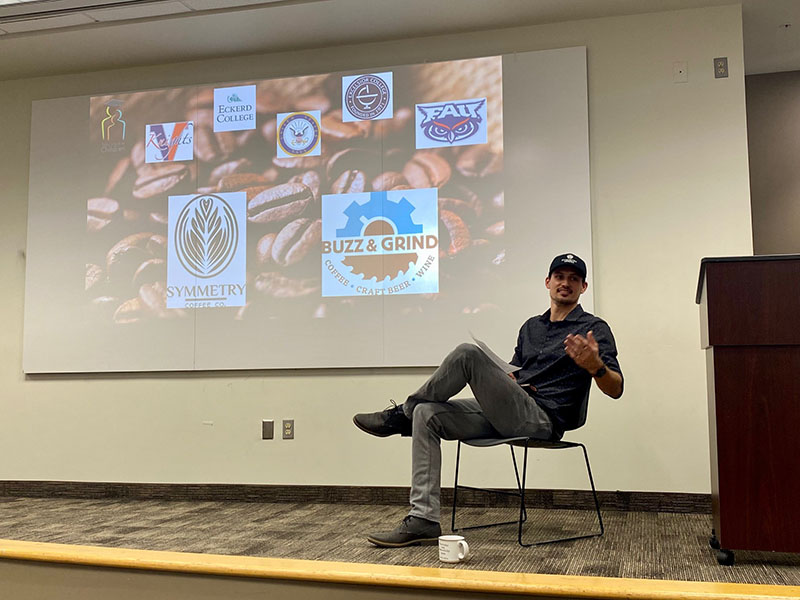
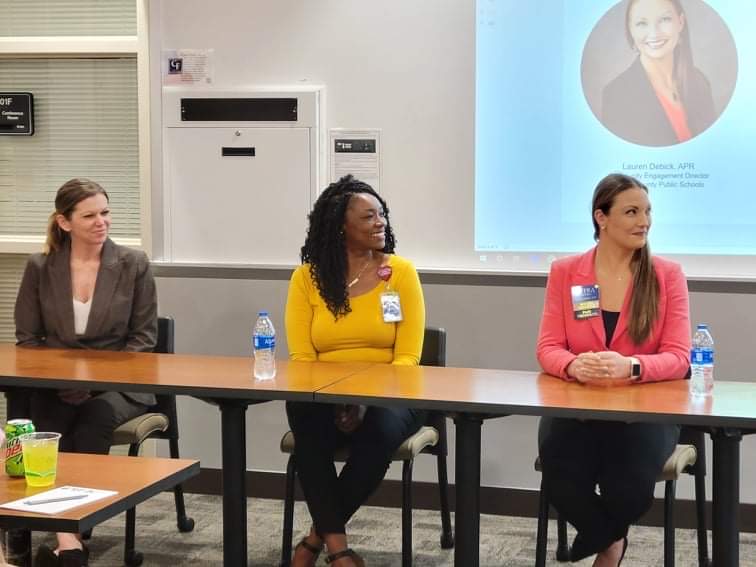
 As a professional speaker, author, game designer and filmmaker, Tim Walsh is out to prove that “play” is not a four-letter word, and neither is “fail.” The former is a means through which we can super-charge creativity and connect with others; the latter can lead to success, if we’re not afraid to embrace it.
As a professional speaker, author, game designer and filmmaker, Tim Walsh is out to prove that “play” is not a four-letter word, and neither is “fail.” The former is a means through which we can super-charge creativity and connect with others; the latter can lead to success, if we’re not afraid to embrace it.